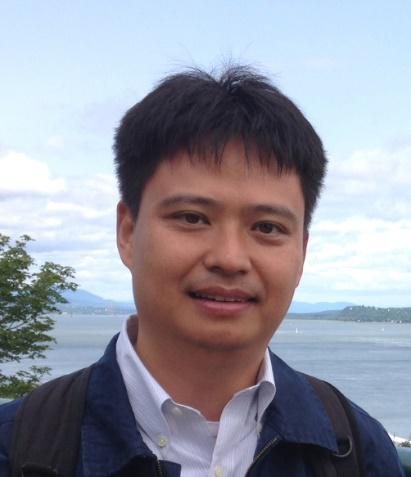报告地点:科学会堂二楼会议室
报告时间:12月17日周三下午3:30
报告人简介:
| Short bio: Haibin Ling received the B.S. degree in mathematics and the MS degree in computer science from Peking University, China, in 1997 and 2000, respectively, and the PhD degree from the University of Maryland, College Park, in Computer Science in 2006. From 2000 to 2001, he was an assistant researcher at Microsoft Research Asia. From 2006 to 2007, he worked as a postdoctoral scientist at the University of California Los Angeles. After that, he joined Siemens Corporate Research as a research scientist. Since fall 2008, he has been with Temple University where he is now an Associate Professor. Dr. Ling"s research interests include computer vision, medical image analysis, human computer interaction, and machine learning. He received the Best Student Paper Award at the ACM Symposium on User Interface Software and Technology (UIST) in 2003, and the NSF CAREER Award in 2014. He has served as an Area Chair of CVPR 2014 and as a Guest Co-Editor for Pattern Recognition. |
Homepage:http://www.ist.temple.edu/~hbling/
报告摘要:
Visual matching is a fundamental problem in computer vision (CV) and intensive research efforts have been devoted to building correspondence between a pair of visual objects. By contrast, finding correspondence among an ensemble of objects remains challenging. In this talk we will present a new unified framework for this problem and its application to computer vision and medical image. Specifically, we have established a close correlation between the classical multi-dimensional assignment (MDA) problem and low-rank tensor approximation. Such correlation paves a way of using high-order tensor analysis for groupwise visual matching that assumes an MDA formulation. Along the way, we developed a series of power-iteration algorithms and applied them to multiple target tracking (in the context of video surveillance) and deformable tracking (in the context of medical image analysis). I will also give an overview of research at my group at Temple University (http://www.dabi.temple.edu/~hbling/publication-selected.htm).
欢迎师生参加!

